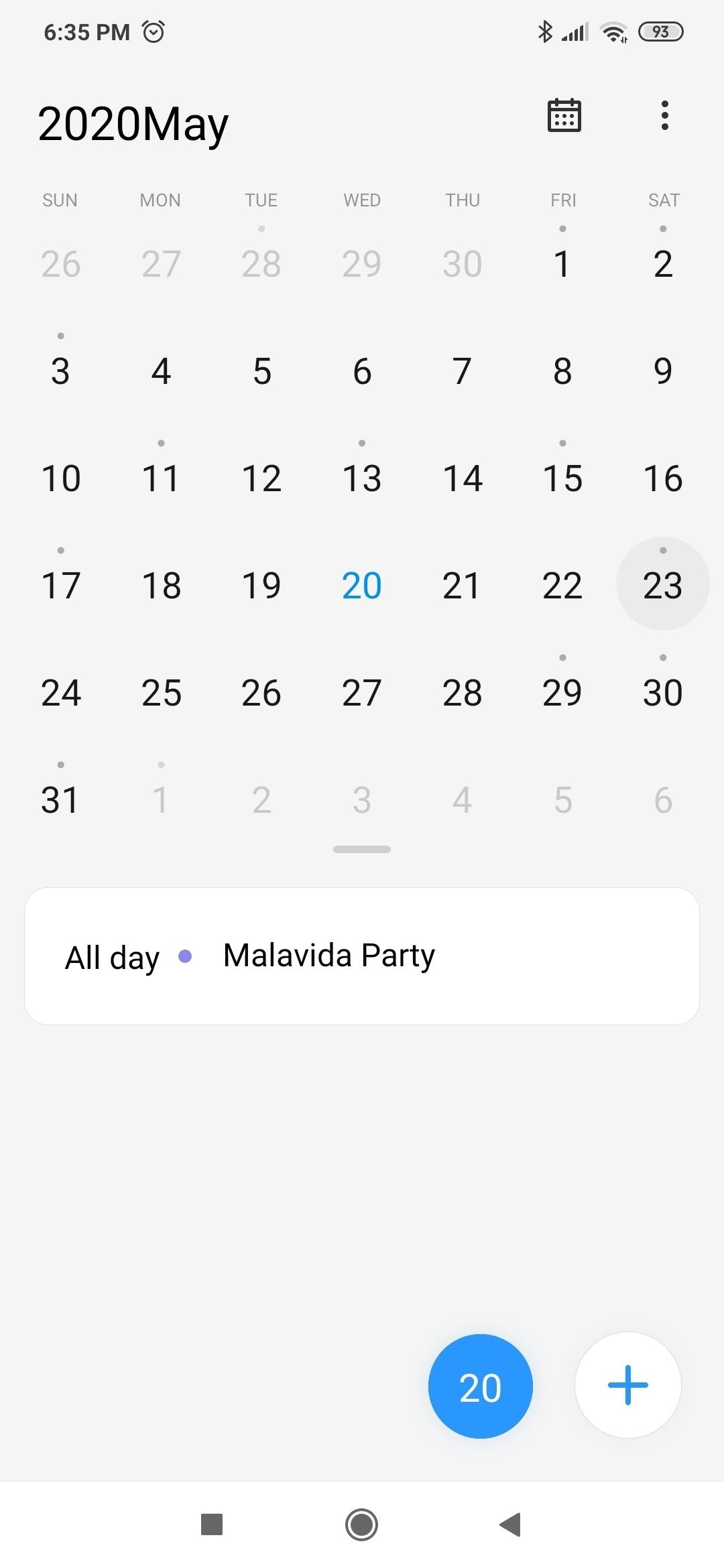

The pips or numbers on the die are a part of the mold. Different pigments can be added to the dice to make them opaque or transparent, or multiple pigments may be added to make the dice speckled or marbled. The coloring for numbering is achieved by submerging the die entirely in paint, which is allowed to dry.

The die is then polished via a tumble finishing process similar to rock polishing.

The abrasive agent scrapes off all of the paint except for the indents of the numbering. A finer abrasive is then used to polish the die. This process also produces the smoother, rounded edges on the dice. Precision casino dice may have a polished or sand finish, making them transparent or translucent respectively. Casino dice have their pips drilled, then filled flush with a paint of the same density as the material used for the dice, such that the center of gravity of the dice is as close to the geometric center as possible. This mitigates concerns that the pips will cause a small bias. #Free wii points generator serial number#Īll such dice are stamped with a serial number to prevent potential cheaters from substituting a die. Precision backgammon dice are made the same way they tend to be slightly smaller and have rounded corners and edges, to allow better movement inside the dice cup and stop forceful rolls from damaging the playing surface. The word die comes from Old French dé from Latin datum "something which is given or played". While the terms ace, deuce, trey, cater, cinque and sice are generally obsolete, with the names of the numbers preferred, they are still used by some professional gamblers to designate different sides of the dice. Ace is from the Latin as, meaning "a unit" the others are 2 to 6 in Old French. When rolling two dice, certain combinations have slang names. The term snake eyes is a roll of one pip on each die. The Online Etymology Dictionary traces use of the term as far back as 1919. The US term boxcars, also known as midnight, is a roll of six pips on each die. The pair of six pips resembles a pair of boxcars on a freight train.


 0 kommentar(er)
0 kommentar(er)
